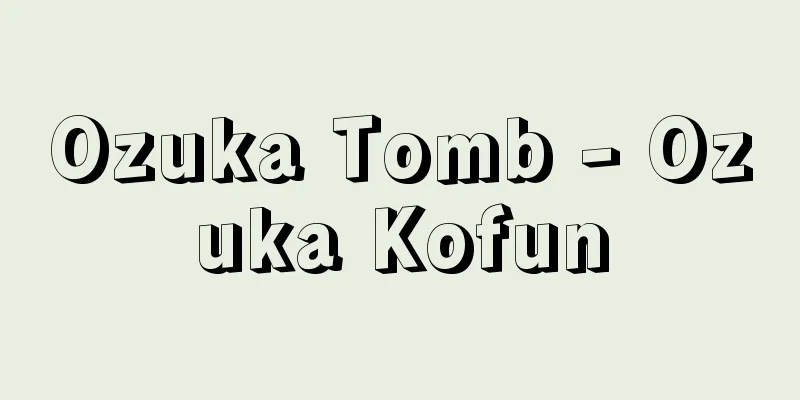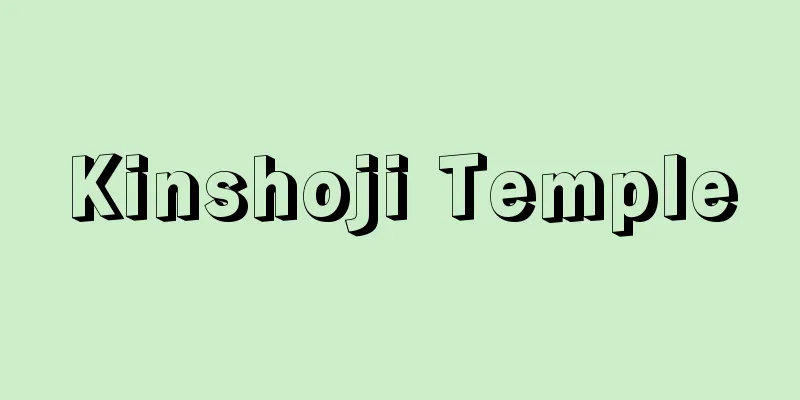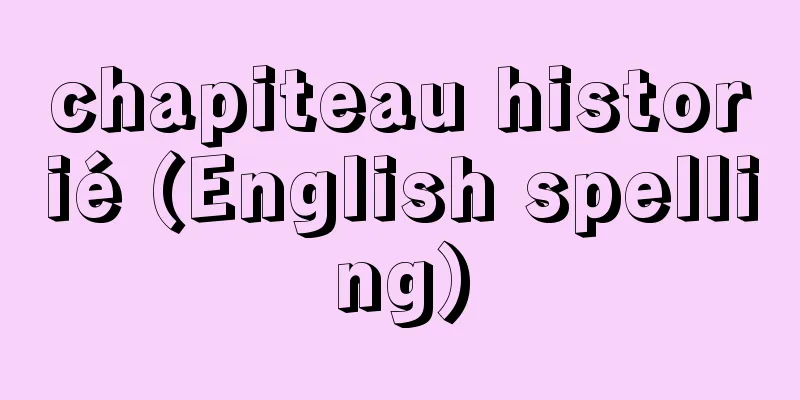Ozuka Tomb - Ozuka Kofun

|
This keyhole-shaped tumulus is located in Katsuragawa-cho, Kaho-gun, Fukuoka Prefecture. Most of the front part was lost in soil-extracting work in 1933 (Showa 8), but the mound measures approximately 80 meters in length. The walls of the compound horizontal-type stone chamber in the rear circular mound are famous for their beautifully colored paintings, and the tumulus is well-known as one of Japan's most representative decorated tumuli. The murals are made using four colors of pigment: red, green, yellow, and black. On the left and right sides of the back wall of the anterior chamber, black and red horse-riding figures are painted in detail, and the surrounding area is filled with warabi-mon (fern-hand patterns), double-legged ring patterns, and triangular patterns. In the rear chamber, a shield is placed on the left wall and yuki (pillars) are placed in two rows, one above the other, on the right wall, and the space around the figures is painted with continuous triangular patterns and other designs. The stone roof in the rear chamber is also decorated with a variety of patterns, including triangles painted in four colors. It is known that a wealth of items have been excavated, including mirrors, jewels, gold and silver rings, horse equipment, and armor, but there are few examples of decorated burial mounds where the contents of the grave goods are clear, making them valuable. In 1977 (Showa 27), it was designated a special historic site, and the grave goods were designated important cultural properties in 1981. [Karoku Miwa] Source: Shogakukan Encyclopedia Nipponica About Encyclopedia Nipponica Information | Legend |
|
福岡県嘉穂(かほ)郡桂川(けいせん)町にある前方後円墳。1933年(昭和8)の採土工事で前方部の大半を失ったが、墳丘は全長約80メートルを測る。後円部にある複式の横穴式石室の壁面は、美しい彩色画で飾られていることで名高く、わが国の代表的な装飾古墳として著名である。壁画は赤、緑、黄、黒の4色の顔料(がんりょう)を用い、前室の奥壁左右には黒色、赤色の騎馬像を精細に描き分け、その周囲は蕨手文(わらびてもん)、双脚輪状文、三角文を埋めている。後室は左壁に盾(たて)を、右壁に靭(ゆき)を上下2段に配するほか、図の空間は三角連続文などを描く。また後室にある石屋形にも三角形を4色に塗り分けた文様を描くなど変化に富んだ装飾が施されている。鏡、玉類、金環、銀環、馬具、挂甲(けいこう)など豊富な出土品が知られているが、装飾古墳のうち副葬品の内容が明らかな例は少なく、貴重な存在である。52年(昭和27)特別史跡に、副葬品は56年重要文化財に指定された。 [三輪嘉六] 出典 小学館 日本大百科全書(ニッポニカ)日本大百科全書(ニッポニカ)について 情報 | 凡例 |
<<: Wang Zhen - English spelling: Wáng Zhēng
Recommend
Quail beans - Quail beans
...It is widely used as a staple food in Central ...
Platinum sponge
...It plays an important role in the production o...
Cocoa butter
Cacao fat, also known as cocoa butter, is made by ...
laboratories
…What makes a nobleman a nobleman is his noble bi...
Fukiji Temple
This Tendai sect temple is located in Fukiura, Bu...
Munakata clan
The family is the chief priest of Munakata Taisha ...
Gill plate - Chorai
… [Respiratory organs of invertebrates] Invertebr...
Ultramontanism - Ultramontanism
A modern Catholic movement that defended the inde...
Excitement - Koufun
In physiology, when a certain stimulus is applied...
Epigraphy - epigraphy
In China, the study of inscriptions on bronze ves...
Japan Proletarian Party
A prewar left-wing proletarian political party wh...
Folktales - Minwa
A translation of the English word folk tale. It i...
Turkana [Lake] - Turkana
A lake in the northern part of Kenya, in the Great...
Diego de San Francisco
Around 1575-? A Spanish Franciscan priest. He came...
Kensuke Mitsuda
A doctor who devoted himself to the relief of lep...









